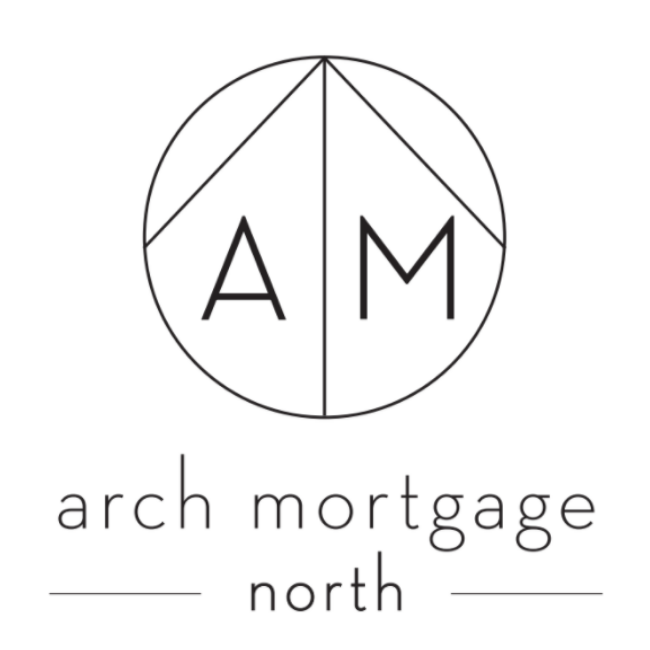The Truth About Down Payments
If you're considering purchasing your initial home, accumulating funds for various expenses might seem overwhelming, particularly with regards to the down payment. This might be due to the common belief that saving 20% of the home's price is necessary. However, it's important to note that, unless mandated by your loan type or lender, a 20% down payment is usually not obligatory. This implies that achieving your dream of homeownership may be more attainable than you think.
As The Mortgage Reports says:
“Although putting down 20% to avoid mortgage insurance is wise if affordable, it’s a myth that this is always necessary. In fact, most people opt for a much lower down payment.”
According to the National Association of Realtors (NAR), the median down payment hasn’t been over 20% since 2005. In fact, for all homebuyers today it’s only 15%. And it’s even lower for first-time homebuyers at just 8% (see graph below):
The big takeaway? You may not need to save as much as you originally thought.
Learn About Resources That Can Help You Toward Your Goal
As per information from Down Payment Resource, there are more than 2,000 homebuyer assistance programs in the United States, many of which are designed to assist with down payments.
Moreover, various loan options can also provide assistance. For instance, FHA loans allow down payments as low as 3.5%, and VA and USDA loans have no down payment requirements for eligible applicants.
Given the multitude of resources to aid with your down payment, the most effective way to identify what suits your eligibility is by seeking advice from your loan officer or broker. They possess knowledge about local grants and loan programs that could be beneficial for you.
Don’t let the misconception that you have to have 20% saved up hold you back. If you’re ready to become a homeowner, lean on the professionals to find resources that can help you make your dreams a reality. If you put your plans on hold until you’ve saved up 20%, it may actually cost you in the long run. According to U.S. Bank:
“. . . there are plenty of reasons why it might not be possible. For some, waiting to save up 20% for a down payment may “cost” too much time. While you’re saving for your down payment and paying rent, the price of your future home may go up.”
Anticipated appreciation in home prices is projected to persist over the next five years. This implies that delaying your home purchase might result in higher future prices. Utilizing available resources to make a purchase now would enable you to benefit from the anticipated price growth, allowing you to build equity rather than incurring higher costs.
Bottom Line
Remember, it's not always necessary to have a 20% down payment when purchasing a home. If you're considering making a move this year, feel free to reach out so we can begin discussing your homebuying objectives.
When you’re ready to get the process started, let’s connect.


